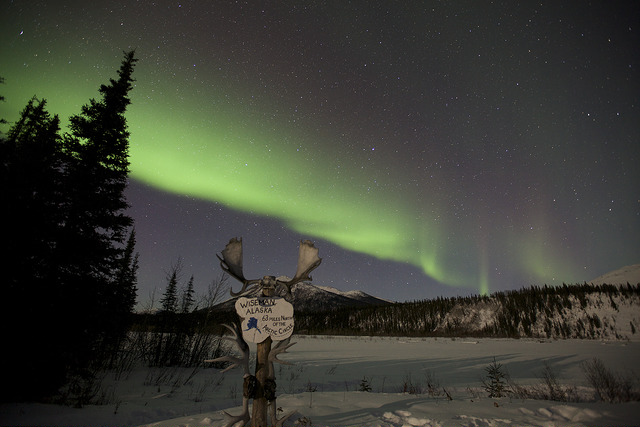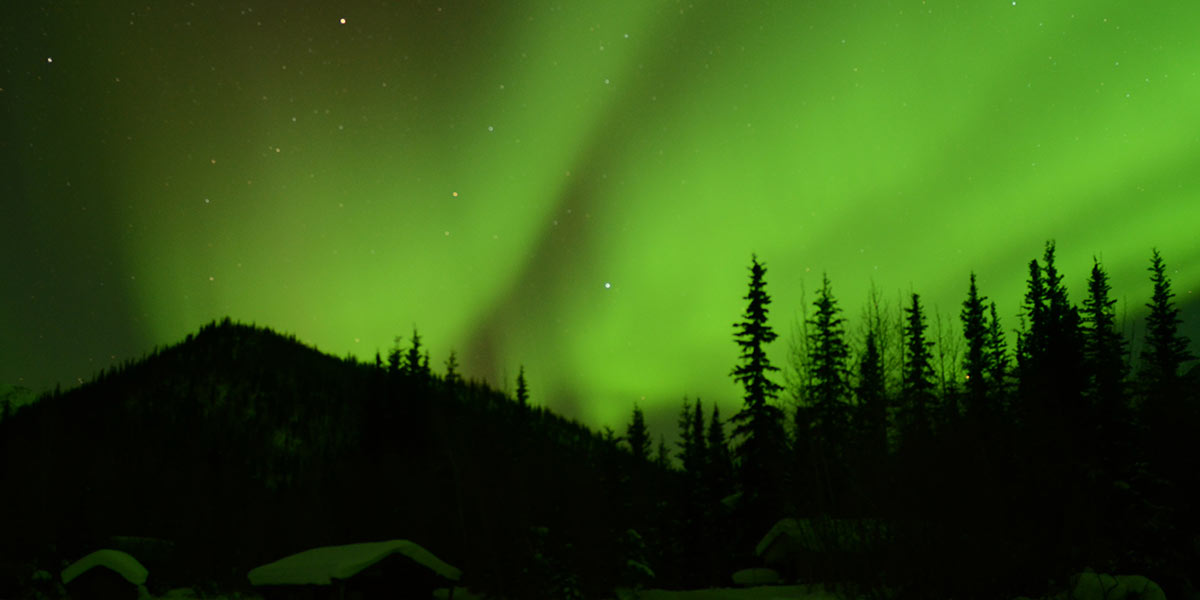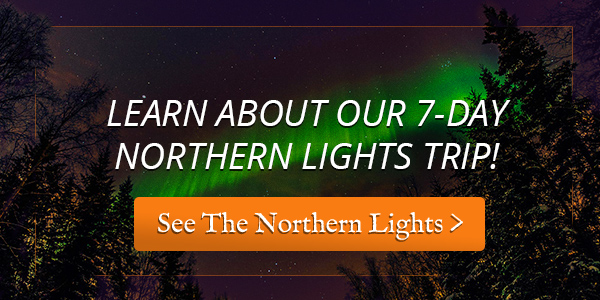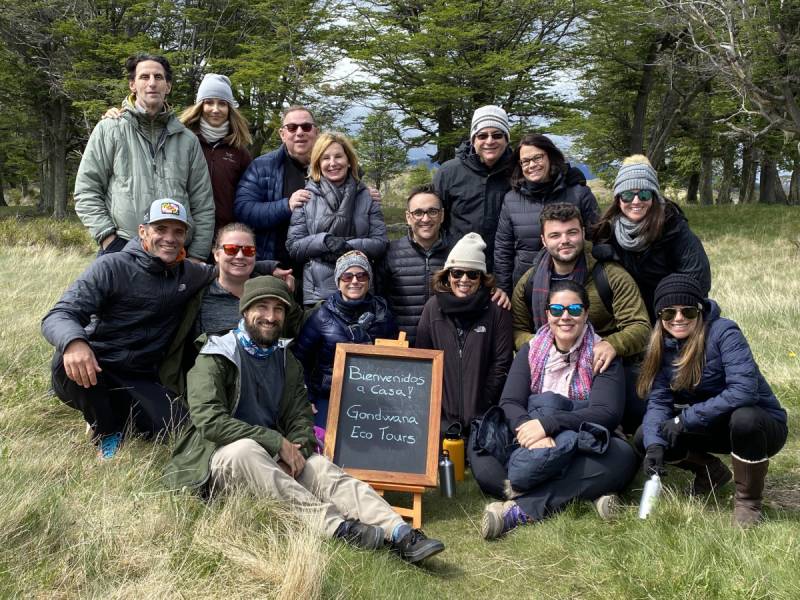 The aurora borealis, the well-known but fickle lights in the sky, have long been a mystery to me. Even after seeing them in the flesh and doing some research, I still only grasped the most basic principles on what causes the lights.
The aurora borealis, the well-known but fickle lights in the sky, have long been a mystery to me. Even after seeing them in the flesh and doing some research, I still only grasped the most basic principles on what causes the lights.
I’m happy to say that after extended reading, I, like anyone that isn’t a chemistry or physics major, will probably never have a full understanding of what the northern Lights are. But from one lay-person to another, just what are the northern lights?
The Sun’s Mighty Influence and the Spectacle of Solar Flares
The story begins 93 million miles away on the sun. The sun, a massive, gurgling swirling mess of energy is constantly sending energy our way, with particles all across the spectrum, most of which is outside the range which we can perceive with our eyes. So amidst this wild-wild-west of chemical activity on the sun, every once in a while we get a solar flare. On the surface of the sun, there are large prominences, or loops of magnetic energy. When they intersect, there is a massive explosion that radiates energy toward the earth.
Then, two days later, this blast reaches Earth. It actually affects every level of our atmosphere from the ionosphere to the mesosphere. Again, this interference is imperceptible because the waves extend beyond the range of what our eyes can detect.
But it is the solar flare interfering with the magnetosphere that gives us that glorious aurora. So the energy from the sun, in the form of electrons is scattered across the magnetosphere, which is filled with oxygen and nitrogen particles. When the electrons collide with them, they are energized, or excited momentarily. When an atom is excited and then returns to a normal state from an excited state, that energy, of course, does not disappear. In this case it is released in the form of photons, or small bursts of light. Depending on what element is releasing photons, and how charged it was is what determines the color that is released that be witness. Science! Now you know, so tell a friend! For a pretty cool video from the University of Oslo on how the Aurora works, check this out!
For some ideas one good places to catch a glimpse, check out our blog on “The Best Places to View the Lights”!
The Northern Lights, or Aurora Borealis, typically manifest in six distinct phases:
- Quiet Phase: During this phase, the sky remains dark, with no visible auroral activity.
- Arc Formation: Initially, faint arcs of light begin to appear low on the horizon, often resembling a greenish glow.
- Ray Formation: As the activity intensifies, the arcs transform into rays or curtains, extending upwards into the night sky.
- Ray Movement: The rays begin to move and dance across the sky, shifting in shape and intensity.
- Coronal Displays: At peak activity, the aurora may spread out to cover large portions of the sky, forming coronal displays with vibrant colors and intricate patterns.
- Fading Phase: Eventually, the aurora gradually fades away, returning the sky to its natural state.
Each phase offers a mesmerizing spectacle, captivating travelers who venture to witness the Northern Lights in person.
When Are The Northern Lights Most Active
The Northern Lights, also known as the Aurora Borealis, are most active during periods of high solar activity, which typically coincide with the peak of the solar cycle. This cycle occurs approximately every 11 years, with increased solar activity resulting in more frequent and intense displays of the Northern Lights. Additionally, the equinoxes (spring and autumn) are known to be prime times for aurora activity due to the alignment of the Earth’s magnetic field with the solar wind. Therefore, the Northern Lights are generally most active during the winter months in the Northern Hemisphere, particularly from late autumn to early spring. However, it’s important to note that aurora activity can vary from night to night and is also influenced by factors such as geomagnetic storms and weather conditions.

The Aurora above Wiseman
An Invitation to Witness Nature’s Dazzling Spectacle
The Northern Lights, or Aurora Borealis, remain enigmatic despite witnessing them firsthand and delving into research. Originating from solar flares on the sun, their spectacle begins 93 million miles away, with energy radiating toward Earth. Interference with Earth’s magnetosphere causes the aurora, as charged particles collide with oxygen and nitrogen in the atmosphere, emitting light. Most active during high solar activity, particularly during the winter months, aurora displays vary due to geomagnetic storms and weather conditions.
Embark on a Northern Lights ecotour and immerse yourself in the pristine wilderness while witnessing the breathtaking aurora displays. These eco-friendly tours offer sustainable experiences that prioritize conservation efforts and minimize environmental impact.



